
Northwestern-Rigaku Scattering Symposium
Northwestern University, in collaboration with Rigaku, is pleased to announce the Northwestern-Rigaku Symposium on April 22-23. Each morning will feature seminars from researchers at Northwestern, the University of Chicago, Colorado School of Mines, Concordia University, and Rigaku, covering the latest advancements in electron diffraction, single-crystal diffraction, XRD, and XRF. Afternoons will offer hands-on training, showcasing instrument capabilities, and software applications.
Registration is closed. Please contact Michelle Goodwin to join the standby list in case of cancellations.
Meet Our Presenters
Speakers
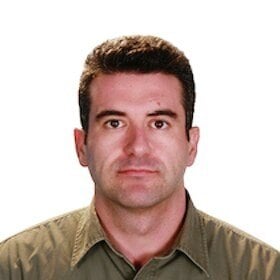
Assoc. Prof. Christos Malliakas
Director of Crystallography and Research Associate Professor
Northwestern University
Connect with Assoc. Prof. Christos Malliakas on LinkedIn.
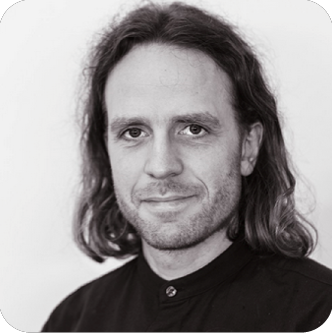
Robert Bücker, PhD
Product Manager Electron Diffraction
Rigaku
After undergraduate studies at the University of Heidelberg, Dr. Robert Bücker obtained a PhD degree in experimental quantum physics from the Vienna University of Technology. In 2013, he joined the department of Prof. Dwayne Miller at the Max Planck Institute for the Structure and Dynamics of Matter in Hamburg and the University of Toronto, where he worked on developing novel techniques to visualize the atomic structure and dynamics of beam-sensitive biological specimens using electron diffraction and microscopy. In 2020, he continued this line of research as a postdoc within a shared project between the Technion Israel Institute of Technology (Group of Prof. Meytal Landau) and the Leibniz Institute of Virology (Group of Prof. Kay Grünewald), studying aggregation dynamics and polymorphism of functional amyloid fibrils using cryo-electron microscopy. Returning to diffractive methods, in 2022 he joined Rigaku as product manager for electron diffraction, steering the development of the XtaLAB Synergy-ED, Rigaku’s fully integrated solution for three-dimensional microcrystal electron diffraction (3D ED/MicroED).
Connect with Robert Bücker, PhD on LinkedIn.
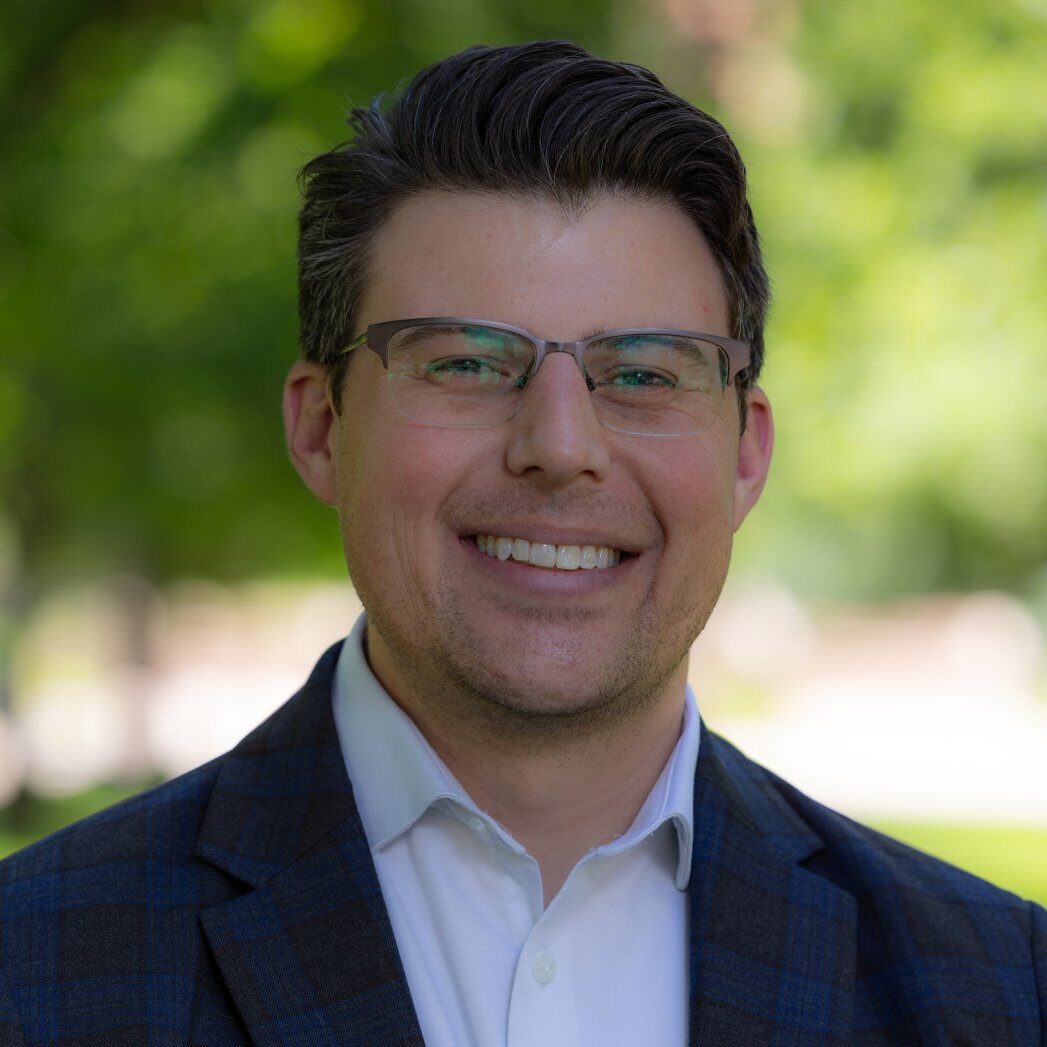
Prof. C. Michael McGuirk
Assistant Professor
Colorado School of Mines
Mike attended the University of Minnesota, where he majored in chemistry and worked in the lab of Prof. Bill Tolman studying copper-oxo complexes. Mike then pursued his Ph.D. in chemistry under Prof. Chad Mirkin at Northwestern University, where he focused on the design and synthesis of stimuli-responsive coordination complexes for regulated catalysis. After completing his Ph.D. studies, Mike joined Prof. Jeffrey Long’s group at UC–Berkeley as a Philomathia post-doctoral fellow. In the Long Group, Mike's work was focused on the design, discovery, and characterization of non-classic gas adsorption in metal–organic frameworks. In 2019, Mike took his position in the Department of Chemistry at Colorado School of Mines, establishing the Supramolecular Materials Chemistry laboratory. The lab’s work addresses fundamental scientific challenges related to porous materials, supramolecular assembly, and environmental sustainability, leveraging expertise in noncovalent interactions, structural order, and chemical reactivity to develop synthetic tools for the by-design construction and programmed destruction of functional materials. The McGuirk Lab was recognized with the NSF CAREER award from the DMR SSMC program in 2022 and in the DOE Early Career Research Program Award from the Separations Science program in 2023.
Connect with Prof. C. Michael McGuirk on LinkedIn.
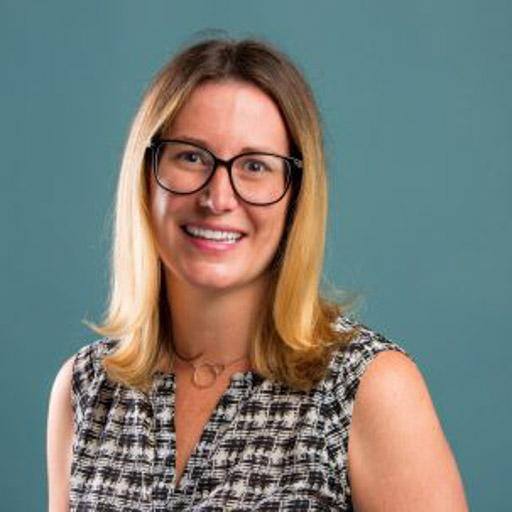
Assoc. Prof. Ashlee J. Howarth
Concordia University Research Chair
Concordia University
Ashlee J. Howarth is an Associate Professor and Concordia University Research Chair at Concordia University in Montréal. She was born and raised in London, Ontario. She obtained her undergraduate degree from the University of Western Ontario in 2009, and then went on to do her PhD in inorganic materials chemistry at the University of British Columbia under the supervision of Michael O. Wolf. Before joining the faculty at Concordia, she completed an NSERC Postdoctoral Fellowship at Northwestern University with Joseph T. Hupp and Omar K. Farha. At Concordia, the Howarth group is focused on the design and synthesis of rare-earth cluster-based metal–organic frameworks targeting applications in pollution remediation, catalysis, drug delivery, X-ray detection, and chemical sensing.
Connect with Assoc. Prof. Ashlee J. Howarth on LinkedIn.
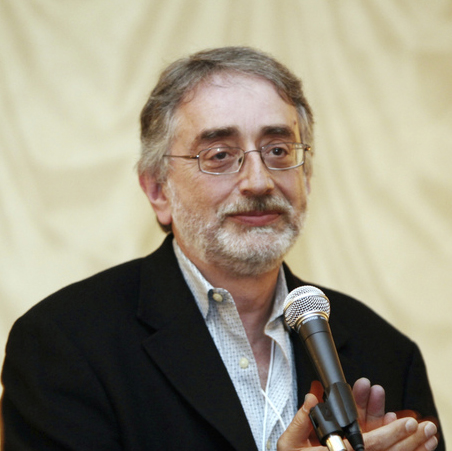
Prof. Laurence D. Marks
Experienced Manager & Educator
Northwestern University
Professor Laurence Marks is an emeritus professor of materials science at Northwestern University. He has a long history of pioneering new methods, ranging from technical approaches to image materials to new numerical algorithms for solving surface structures as well as algorithms for density functional fixed-point methods. While most of his publications have involved transmission electron microscopy, both experimental and theoretical, he has also worked extensively in other areas. Most often cited is his work in nanoparticles, where a class of particles he discovered have become known as the “Marks Decahedron”. Other areas include new methods for imaging surfaces for which he received the Burton Medal of the Microscopy Society of America in 1989, combining experimental and theoretical approaches to understand surface structures for which he was awarded the 2017 ICSOS Surface Structure Prize, as well as other contributions to understanding structures for which he received the 2016 Warren Award of the American Crystallography Association. He has worked extensively on electron crystallography problems, ranging from being Chair of the IUCr commission on Electron Crystallography from 2005 to 2011, as well as research into why direct methods can work for electron diffraction despite the presence of significant dynamical diffraction.
Connect with Prof. Laurence D. Marks on LinkedIn.
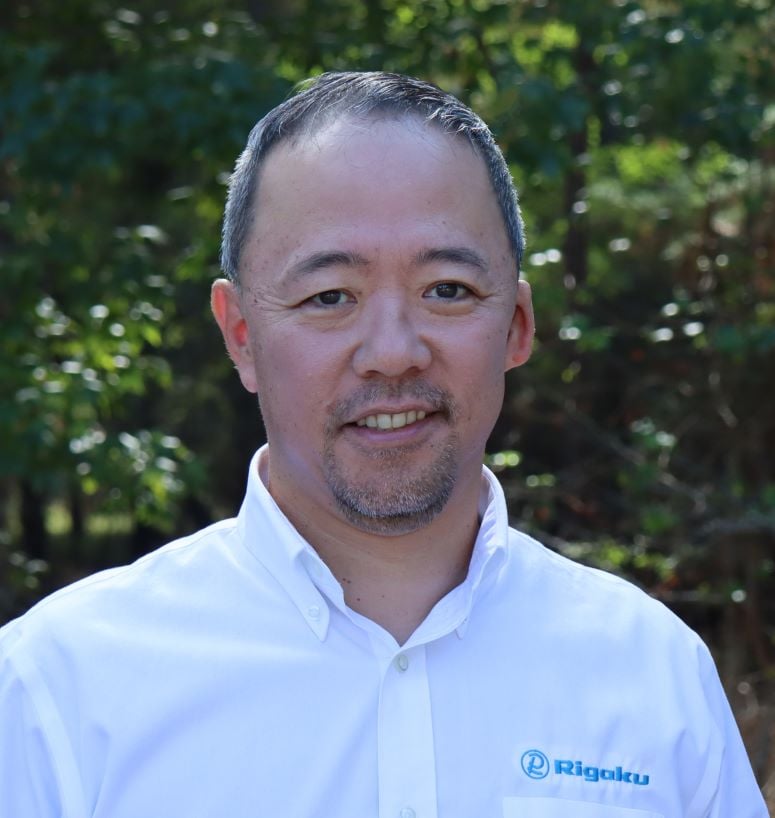
Keisuke Saito, PhD
Director of Application Science
Rigaku
Keisuke Saito is a Director of Application Science and holds a PhD material science. He has been focused on X-ray diffraction (XRD) since 1996. He has extensive experience in the application field including battery, semiconductor, photoelectric, piezoelectric, and ferroelectric. He studied characterization of piezo- and ferroelectric materials using XRD at Tokyo Institute of Technology for his PhD. He enjoys using the skills he learned to measure and analyze functional powder and thin film materials. In the webinar, he helps professionals how to find out the best configurations for XRD depending on targets.
Connect with Keisuke Saito, PhD on LinkedIn.
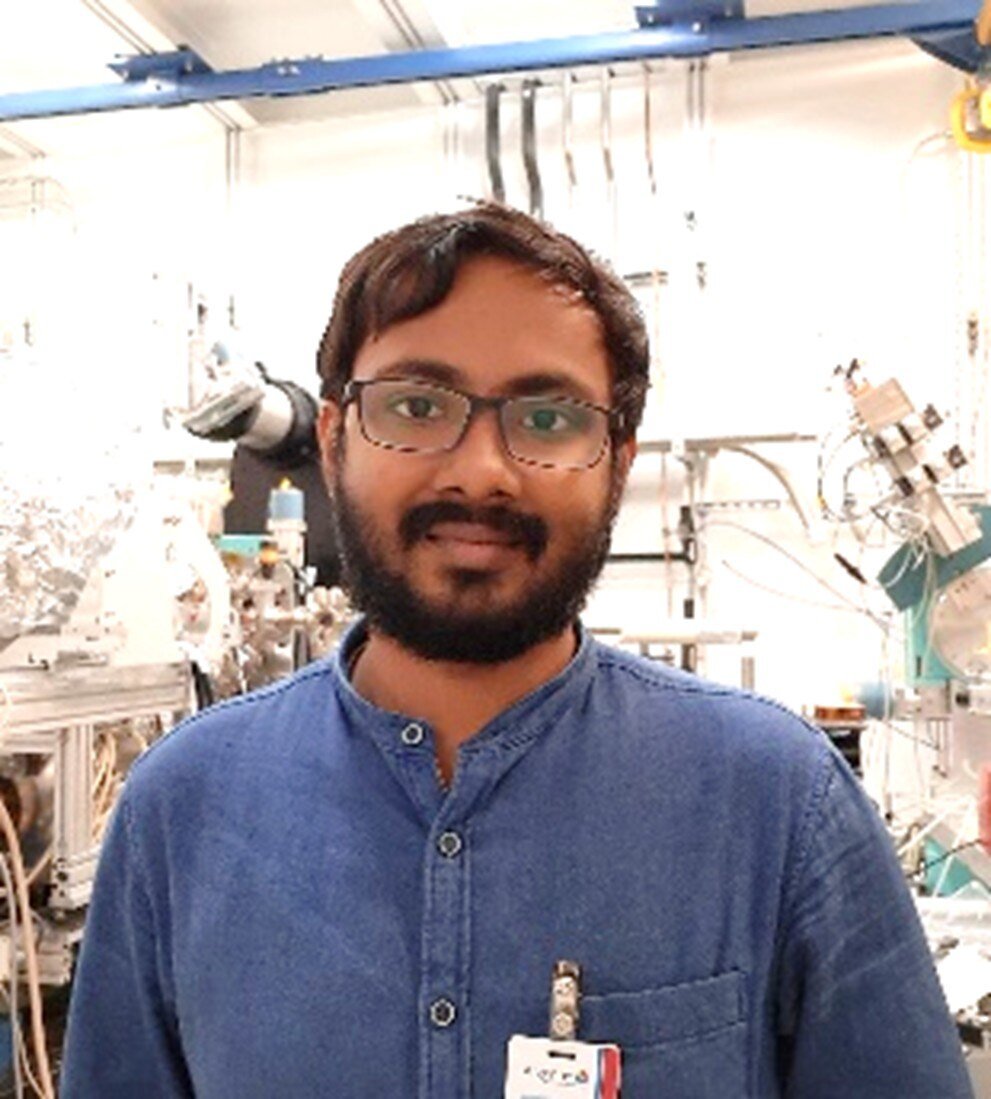
Supriyo Majumder, PhD
Research Associate
Northwestern University
Supriyo Majumder is a research associate in Bedzyk’s X-ray interface science laboratory at Department of Materials Science and Engineering of Northwestern University. He finished his PhD in Physics in 2023 and joined Northwestern University as a post-doctoral researcher. His research expertise includes epitaxial thin film growth using pulsed laser deposition and materials characterizations using various X-ray techniques. He has worked at different large-scale X-ray facilities, including Advanced Photon Source (APS), National Synchrotron Light Source (NSLS-II), Canadian Light Source (CLS), Diamond Light Source, Deutsches Elektronen-Synchrotron (DESY), Elettra Sincrotrone, and Indus-2 synchrotron facility. His PhD work was dedicated in tuning the magnetic and electronic properties by engineering the cationic anti-site defects in double perovskite materials. Currently, he is interested in studying hydrogen incorporations in perovskite thin films for energy conversion applications. He investigates the growth and reactions at gas / solid interfaces of epitaxial thin films using X-ray scattering and spectroscopy methods. He has more than 10 publications in peer-reviewed journals and has been a reviewer for various scientific journals.
Connect with Supriyo Majumder, PhD on LinkedIn.
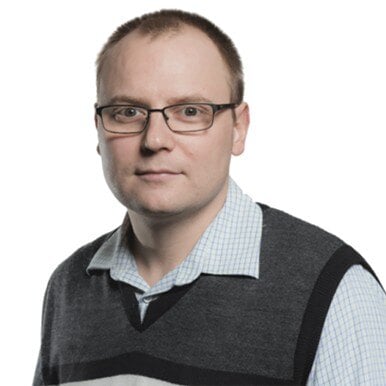
Alexander S. Filatov, PhD
Director of X-ray research facilities,
University of Chicago
Dr. Alexander Filatov received his BS/MS in Organic Chemistry from Moscow State University in Moscow, Russia. Alexander then moved to the SUNY Albany in Albany, NY where he conducted research on the organometallic and coordination chemistry of carbonaceous materials and received his PhD in 2009. He has been directing the X-ray diffraction core there till 2014 when he moved to the University of Chicago where he leads the instrument facility core managing X-ray diffraction, spectroscopy and fluorescence instruments.
Connect with Alexander S. Filatov, PhD on LinkedIn.
Contact: Michelle Goodwin
Event coordinator
Michelle.Goodwin@rigaku.com
